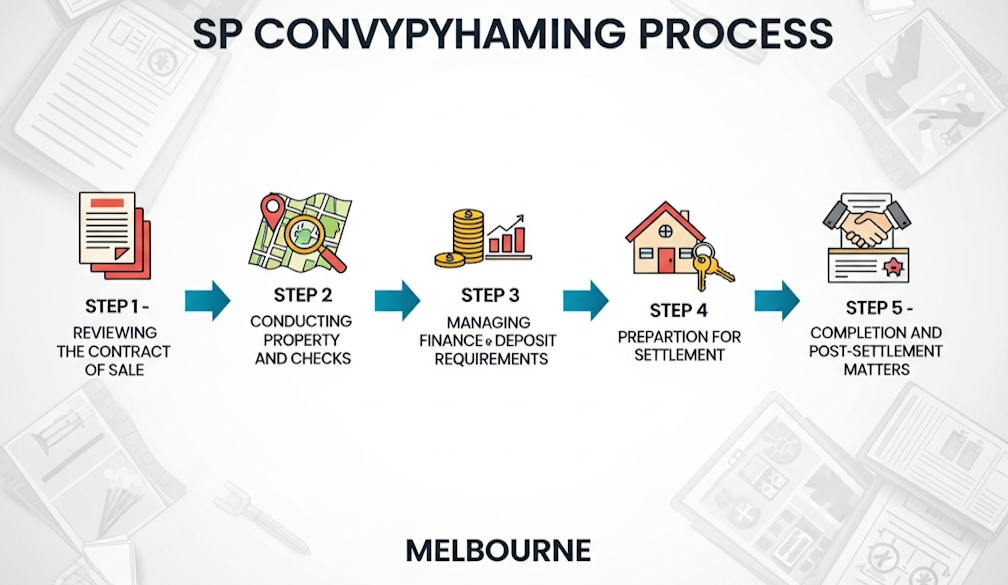Reading progress is falling between year 5 and 7, especially for advantaged students: 5 charts
- Written by Peter Goss, School Education Program Director, Grattan Institute
There is a hidden problem with reading in Australian schools. Ten years’ worth of NAPLAN data show improvements in years 3, 5 and 9. But reading progress has slowed dramatically between years 5 and 7.
And, somewhat surprisingly, the downward trend is strongest for the most advantaged students.
Years 5-7 typically include the transition from primary to secondary school. Yet the reading slowdown can’t just be blamed on this transition, because numeracy progress between the years has improved. So, what is going wrong with reading?
Reading base camp is higher each year
Progress in reading is like climbing a mountain. The better your reading skills, the higher you are. The higher you are, the further you can see. And the further you can see, the more sense you can make of the world.
Like a real mountain, the reading mountain must be tackled in stages. NAPLAN – the National Assessment Program, Literacy and Numeracy – provides insight into those stages, by measuring reading skills at years 3, 5, 7 and 9.
The good news is that the average level of reading skills of year 3 students – reading base camp – is getting higher.
To make the results easier to interpret, I’ve converted the NAPLAN data into the equivalent year level of reading achievement. For instance, in 2010, children in year 3 were reading at equivalent year level 2.6 when they sat NAPLAN. This means they were four-and-a-half months behind a benchmark set at the long-run average for metropolitan non-Indigenous students.
By 2019, the mean reading achievement among all year 3 children was equivalent to year 3.0, meeting this benchmark.
Over ten years, the improvement has been worth about five months of extra learning.
Reading progress improved in years 7-9
There is more good news in secondary school. Recent cohorts have made better progress between years 7 and 9 than earlier cohorts. My best estimate is that learning progress has increased by almost three months of learning over this two-year stage of schooling.
Students in years 3-5 haven’t made the same gains. But (if anything) they are heading in the right direction.
But progress in years 5-7 has fallen
Something is going wrong between year 5 and 7. Students are making six months less progress than they used to. It’s not that they are getting worse at reading; they just aren’t climbing as fast as previous cohorts.
This drop in reading progress can’t simply be attributed to the transition from primary to secondary. Among other things, numeracy progress during this stage of schooling has increased by about six months since 2010.
It’s as if students have started skipping a term in each of their final two years of primary school, but only in English, not in maths. And not all groups of students are affected equally.
Advantaged students are affected the most
Reading progress has slowed the most for students from advantaged backgrounds. For instance, students whose parents are senior managers make ten months less progress from year 5 to 7 than earlier cohorts.
Interestingly, the student groups with the biggest slowdown in years 5-7 have also shown the most improvement in year 5 reading.
This pattern – big gains in year 5 that evaporate by year 7 – rules out poor early reading instruction as a cause. This reading problem isn’t about phonics, but a failure to stretch students in upper primary school.
My analysis also shows:
- the years 5-7 reading slump is happening in every state and territory
- Queensland and Western Australia had big drops in years 5-7 reading progress in 2015, the year those two states moved year 7 from primary to secondary
- students from English-speaking backgrounds are affected more than those who don’t speak English at home
- neither gender nor Indigenous status affects the strength of the slowdown.
So, what is going on?
Maybe some primary school teachers focus more on helping students reach a good minimum standard of reading, and not on how far they go. This fits with the trend in year 5; no need to push hard if students are already doing well.
But it doesn’t explain the large drop in progress in Queensland and WA the year they shifted year 7 to secondary school.
Maybe schools push hard on literacy and numeracy until students have done their last NAPLAN test in that school. This would help explain the 2015 drop in reading progress for Queensland and WA, but not the divergent picture for reading and numeracy progress, including in the Queensland/WA change-over year.
Maybe students are reading less as technology becomes ubiquitous. This could explain the difference between reading and numeracy. But why would it reduce progress between years 5 and 7 but not between years 3 and 5 or 7 and 9?
Increased use of technology also fails to explain the sudden slump in Queensland and WA in 2015.
Other potential explanations need to explain the complex pattern of outcomes, including the fact the reading slowdown is so widespread even while numeracy progress is going the other way.
My best guess is that some advantaged primary schools focus on literacy and numeracy until the year 5 NAPLAN tests are done, but then switch to project-based learning, leadership or year 6 graduation projects. These “gap year” activities don’t displace maths hour (which drives numeracy progress) but may disrupt reading hour or other activities that build reading skills.
Meanwhile, disadvantaged primary schools are very aware of the need to keep building their students’ reading levels to set them up for success in secondary school.
This story is speculative, but it fits the data.
What next?
Education system leaders need to figure out what is happening in reading between years 5 and 7, and quickly. They should look closely at upper primary years, as well as the transition to secondary school. This is much more subtle than a traditional back-to-basics narrative.
In the meantime, teachers in years 5, 6 and 7 should be aware their students are making less progress than previous cohorts, and focus on extending reading capabilities for students who are already doing well. All students deserve to climb higher on their reading mountain.
Grattan Institute began with contributions to its endowment of $15 million from each of the Federal and Victorian Governments. In order to safeguard its independence, Grattan Institute’s board controls this endowment. The funds are invested and Grattan uses the income to pursue its activities.
Authors: Peter Goss, School Education Program Director, Grattan Institute





















